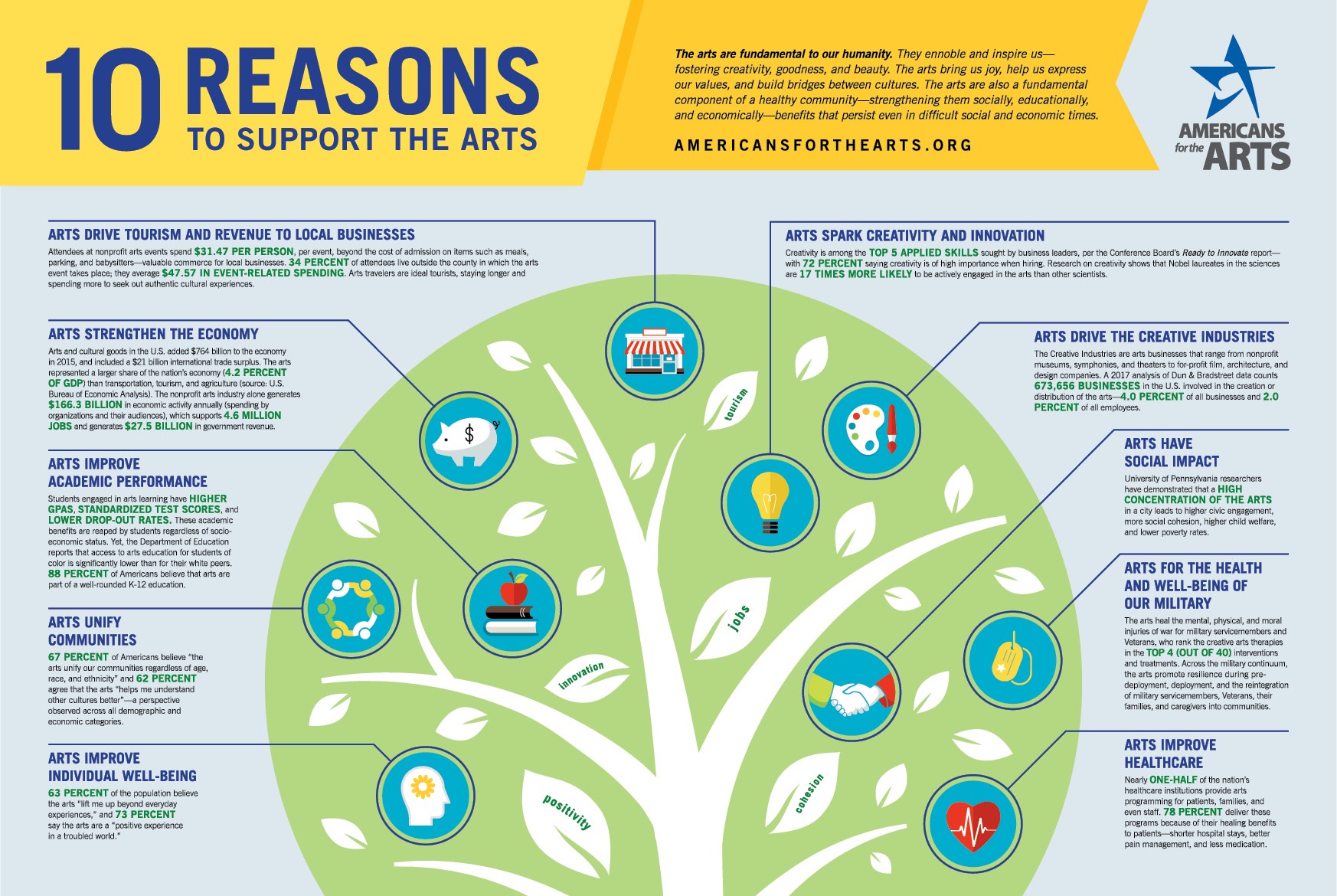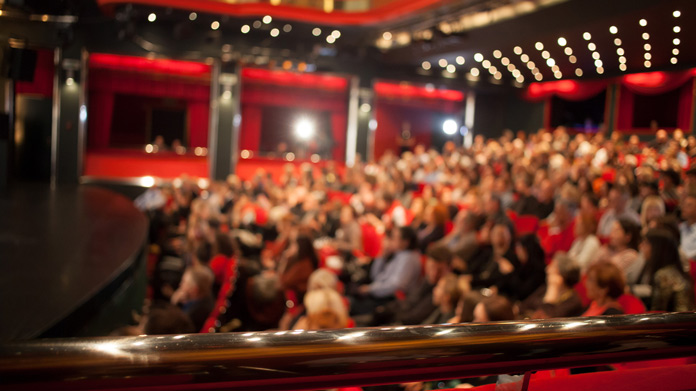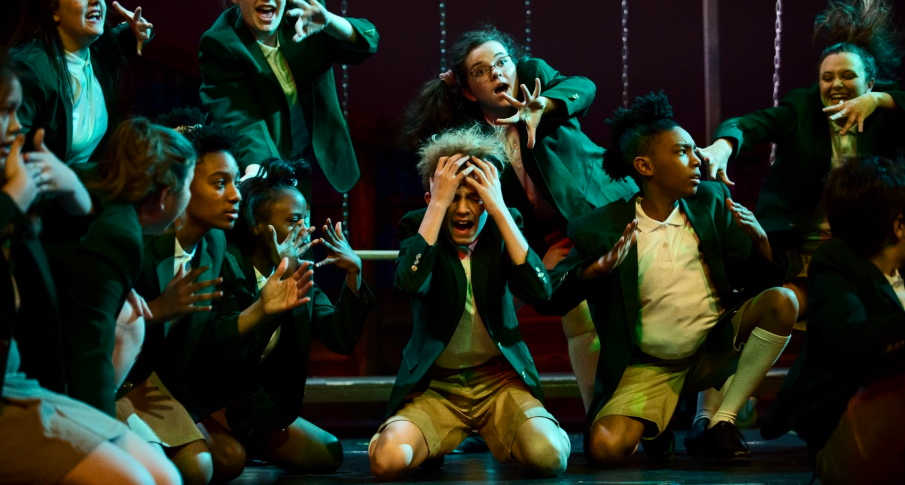Have you ever wondered how the arts can enhance academic performance? It’s like adding a splash of color to a black and white canvas, bringing vibrancy and depth to the world of education. The arts, whether it be music, dance, theater, or visual arts, have a remarkable ability to ignite the imagination, foster creativity, and improve academic performance in students. So, how exactly do the arts work their magic? Let’s dive into the transformative power of the arts and discover how they can positively impact academic achievement.
When it comes to learning, the arts provide a dynamic and engaging platform for students to explore and express themselves. They offer a break from the traditional textbook-driven approach and invite students to think outside the box, encouraging critical thinking and problem-solving skills. By integrating the arts into the curriculum, educators create an environment that nurtures curiosity and fosters a love for learning. Moreover, research has shown that students who participate in arts education tend to demonstrate higher levels of motivation, engagement, and overall academic performance. The arts provide a unique avenue for self-expression, allowing students to communicate their thoughts and emotions in a way that words alone cannot capture. Whether it’s through painting, playing an instrument, or performing on stage, the arts empower students to develop essential skills such as collaboration, communication, and self-confidence. By embracing the arts, schools can unlock the full potential of their students, creating a harmonious symphony where academic excellence and creativity go hand in hand.
In conclusion, the arts offer a myriad of benefits that extend far beyond the stage or canvas. From improving cognitive abilities to fostering social and emotional development, the arts have the power to transform the educational landscape and enhance academic performance. By incorporating the arts into the curriculum, schools can create an environment that inspires students, nurtures their talents, and cultivates a lifelong love for learning. So, let’s celebrate the arts and embrace their remarkable ability to enrich the lives of students, one brushstroke, note, or dance step at a time.
How Do the Arts Improve Academic Performance?
The integration of arts education in schools has been a subject of much debate in recent years. While some may argue that the focus should solely be on academic subjects, research has shown that the arts can actually have a significant positive impact on academic performance. In this article, we will explore the various ways in which arts education can enhance academic achievement and provide students with a well-rounded education.
Enhancing Cognitive Skills
The arts, whether it be visual arts, music, or theater, require students to engage in critical thinking and problem-solving. These activities stimulate the brain and enhance cognitive skills such as creativity, imagination, and abstract thinking. Studies have shown that students who participate in arts education tend to perform better in subjects such as math and science, as they develop the ability to approach problems from different perspectives and think outside the box.
Furthermore, arts education also improves memory and retention. Learning through visual and auditory stimuli in the arts helps students retain information more effectively. For example, learning a song or a dance routine requires students to memorize patterns and sequences, which can transfer to other areas of learning, such as memorizing formulas or equations in math.
The Impact of Arts Integration
Arts integration refers to the incorporation of arts education into other academic subjects. This approach allows students to make connections between different disciplines and enhances their understanding of complex concepts. For instance, a science lesson on the solar system can be supplemented with a visual arts project where students create a model of the planets. This not only reinforces their knowledge of the subject but also encourages creativity and critical thinking.
Moreover, arts integration provides a more engaging and interactive learning experience. Students are actively involved in the learning process, which helps them develop a deeper understanding of the material. This hands-on approach fosters curiosity and a love for learning, leading to improved academic performance.
Boosting Social and Emotional Skills
Participating in the arts also has a positive impact on students’ social and emotional development. By engaging in artistic activities, students learn to express themselves creatively and develop self-confidence. They become more comfortable expressing their thoughts and ideas, which can lead to improved communication skills.
Furthermore, the arts provide a platform for collaboration and teamwork. Whether it be performing in a play or playing in an ensemble, students learn to work together towards a common goal. This not only enhances their ability to cooperate and compromise but also teaches them the importance of respecting diverse perspectives and ideas.
Fostering Cultural Appreciation
Artistic expression is deeply rooted in culture and history. Through arts education, students are exposed to a wide range of artistic styles and traditions from different cultures. This exposure fosters an appreciation for diversity and encourages students to embrace different perspectives. By engaging with various art forms, students develop empathy and understanding, which are essential skills for navigating an increasingly interconnected world.
In conclusion, arts education plays a crucial role in improving academic performance. By enhancing cognitive skills, boosting social and emotional development, and fostering cultural appreciation, the arts provide students with a well-rounded education that goes beyond traditional academic subjects. Integrating arts education into schools not only benefits students academically but also prepares them for the challenges of the future.
Key Takeaways: How Do the Arts Improve Academic Performance?
- Participating in the arts can boost cognitive skills, such as critical thinking and problem-solving.
- Engaging in artistic activities enhances creativity and imagination, which can positively impact academic performance.
- Art programs foster collaboration and communication skills, important for academic success.
- Studies show that students involved in the arts tend to have higher attendance rates and lower dropout rates.
- The arts provide a way for students to express themselves, promoting emotional well-being and reducing stress.
Frequently Asked Questions
How does participating in the arts improve academic performance?
Participating in the arts has been shown to improve academic performance in several ways. Firstly, engaging in artistic activities enhances creativity and critical thinking skills, which are crucial for problem-solving and innovation in academic subjects. When students are encouraged to express themselves through art, they learn to think outside the box and approach challenges from different perspectives.
Secondly, the arts promote better focus and concentration, leading to improved academic performance. Whether it’s playing a musical instrument or painting a picture, artistic activities require sustained attention and discipline. This translates to better study habits and the ability to stay on task in other academic areas.
What are the benefits of incorporating arts into the curriculum?
Incorporating arts into the curriculum brings numerous benefits to students. Firstly, it provides a well-rounded education that goes beyond traditional subjects like math and science. The arts allow students to explore their creativity and develop skills that are not typically emphasized in other academic areas.
Furthermore, integrating arts into the curriculum enhances students’ engagement and motivation. Many students who may struggle in traditional subjects find success and fulfillment through artistic expression. This can boost their overall academic performance and increase their confidence and self-esteem.
Do the arts improve cognitive skills?
Yes, the arts have been found to improve cognitive skills. Engaging in artistic activities stimulates various areas of the brain, promoting the development of cognitive abilities. For example, learning to play a musical instrument has been linked to improved memory, attention, and spatial reasoning skills.
Moreover, artistic activities often involve complex problem-solving and decision-making, which further enhance cognitive skills. Whether it’s analyzing a piece of artwork or memorizing lines for a play, the arts provide opportunities for students to exercise their cognitive abilities and expand their mental capacities.
How do the arts support social-emotional development?
The arts play a significant role in supporting social-emotional development. Artistic activities encourage self-expression and emotional exploration, allowing students to develop a deeper understanding of their own feelings and those of others. This promotes empathy and emotional intelligence, crucial skills for building positive relationships and navigating social interactions.
Additionally, participating in the arts often involves collaboration and teamwork, fostering social skills and the ability to work effectively with others. Students learn to communicate their ideas, listen to different perspectives, and compromise, all of which contribute to their social-emotional growth.
Can the arts help students in other academic areas?
Absolutely! The skills and qualities developed through the arts can positively impact students’ performance in other academic areas. For example, the discipline and focus required in music practice can translate to better study habits in subjects like math and science.
Furthermore, the arts often involve interdisciplinary learning, connecting different subjects and promoting a holistic understanding of various concepts. For instance, studying the history of art can provide insights into historical events and cultural movements, enriching students’ understanding of history and social studies.

Improving Academic Performance with the Arts
Final Thoughts: How the Arts Boost Academic Performance
In conclusion, it is evident that the arts play a vital role in enhancing academic performance. By incorporating artistic activities into education, students are able to develop a range of valuable skills that positively impact their overall academic success. From improving cognitive abilities to fostering creativity and critical thinking, the arts provide a well-rounded educational experience that goes beyond traditional academic subjects.
Through the arts, students are encouraged to think outside the box, explore their imagination, and express themselves freely. This freedom of expression allows them to develop their unique voices and perspectives, which in turn enhances their ability to communicate effectively in various academic disciplines. Additionally, participating in artistic endeavors cultivates discipline, perseverance, and attention to detail, all of which are essential qualities for academic achievement.
In summary, integrating the arts into education not only enhances academic performance but also nurtures well-rounded individuals who are equipped with the skills needed to thrive in the modern world. By recognizing the importance of the arts and providing opportunities for students to engage in creative expression, we can create a more comprehensive and enriching educational experience for all learners. So let’s embrace the power of the arts and unlock the full potential of our students.





